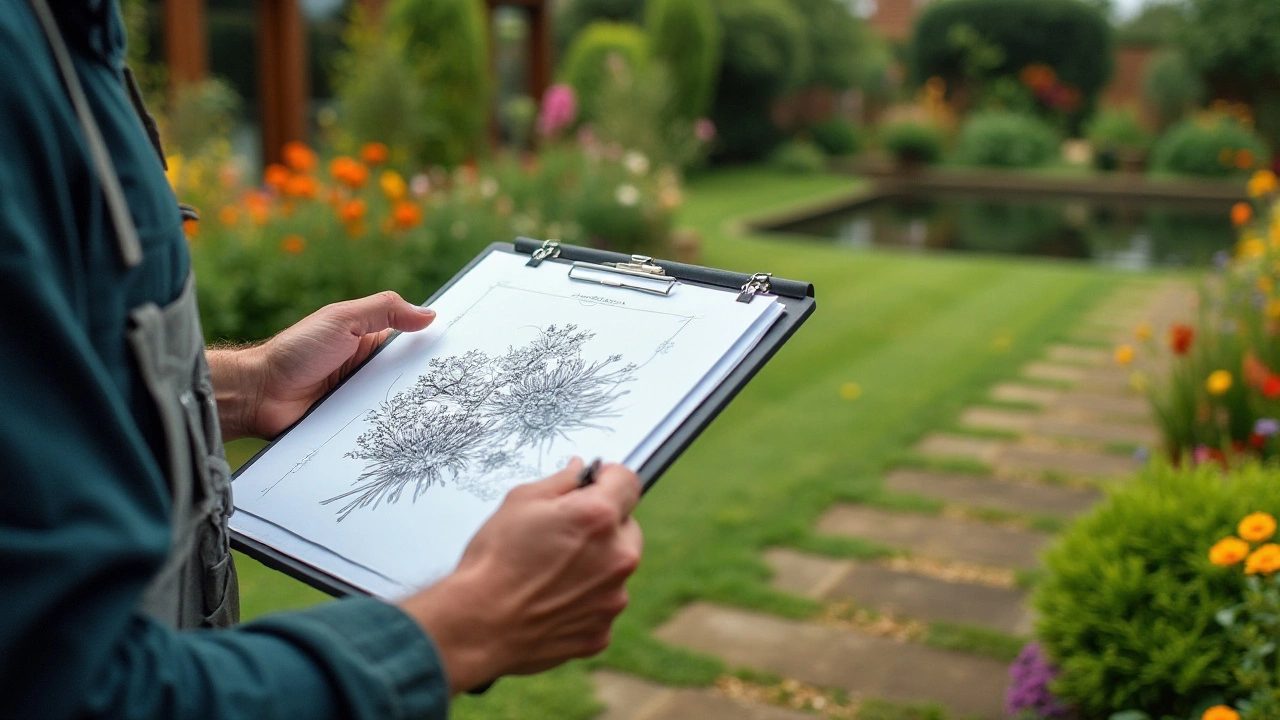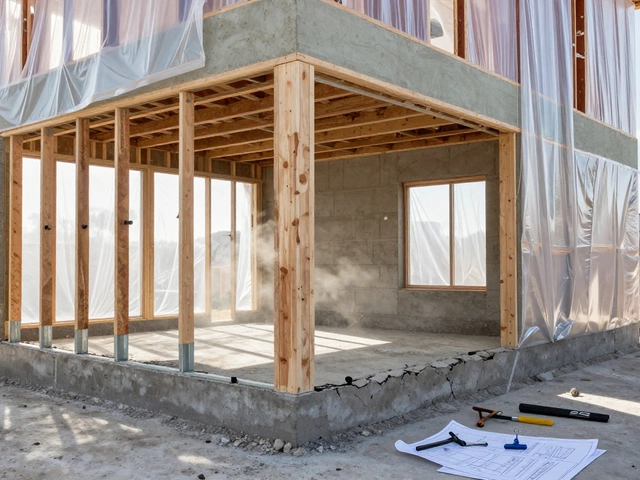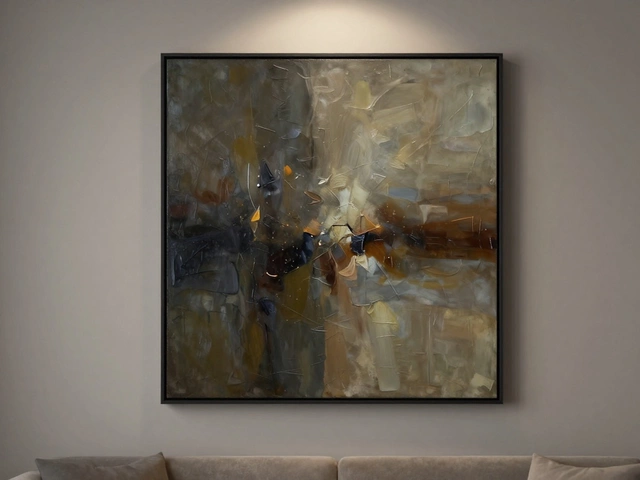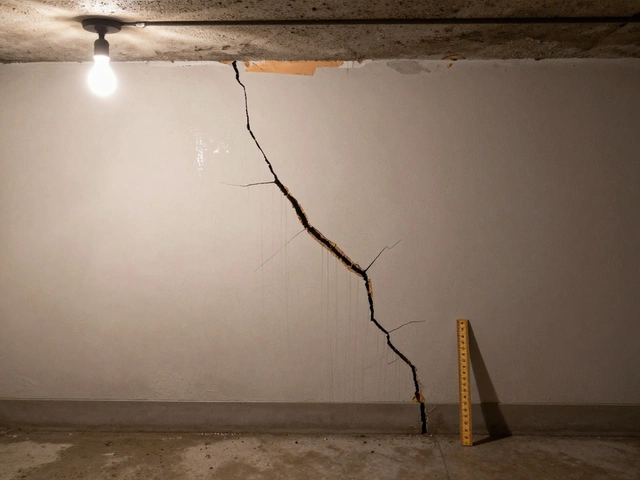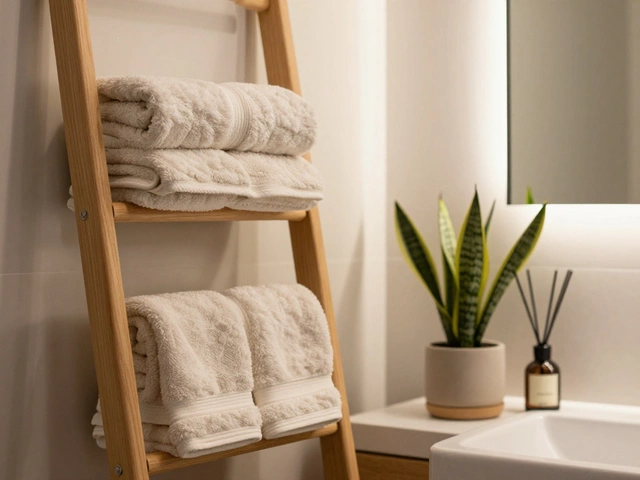Outdoor Design: Ideas, Tips & Trends for Every Yard
When planning outdoor design, the art of shaping open‑air spaces to be functional, beautiful, and comfortable. Also known as exterior design, it blends architecture, landscaping, and décor to create places where you can relax or entertain.
Choosing the right garden furniture, chairs, tables, or loungers built to withstand weather is a core step. Durable materials like teak, metal, or rattan keep pieces looking fresh for years. Pairing furniture with a well‑planned landscaping, the arrangement of plants, hardscapes, and terrain features ties the whole area together, turning a simple patio into a cohesive outdoor room. Adding outdoor lighting, fixtures that extend daylight into the evening not only boosts safety but also highlights key design elements, making the space usable after sunset.
Key Elements That Shape Outdoor Design
One of the first decisions is the outdoor design layout. Do you want a cozy lounge spot, a dining zone, or a play area? Mapping the flow helps you place paths, define zones, and avoid clutter. Plant selection matters too; evergreen shrubs give year‑round structure, while seasonal flowers add pops of colour. Water features, fire pits, or built‑in grills can become focal points, shaping how you move and gather. When you combine these elements, you create a space that feels intentional rather than accidental.
Functionality drives every choice. If you love barbecuing, position the grill near a prep table and a waste station to keep mess contained. For families with kids, choose low‑maintenance grass or artificial turf that tolerates heavy use. Accessibility is another factor—wide pathways, non‑slip surfaces, and proper lighting make the area welcoming for all ages and abilities.
Materials tie the visual story together. Matching the colour of metal furniture to garden accents, or using the same stone for both a patio floor and a retaining wall, creates visual harmony. Contrast works too; a dark slate patio against light‑coloured cushions can make both stand out. Remember to think about durability—exposed wood needs sealing, while metal may require rust‑proofing.
Budget isn’t a barrier if you plan smart. Start with essential pieces, then add accessories over time. Re‑using existing indoor furniture outdoors (after treating it for weather) can save money and add a personal touch. Seasonal sales on cushions, umbrellas, or lighting often provide high‑quality options at lower costs.
Maintenance should be built into the design from day one. Choose plants that suit your climate, install a drainage system to avoid water pooling, and select furniture that’s easy to clean. Regularly clear debris, trim overgrown foliage, and refresh lighting bulbs to keep the space looking its best year after year.
Finally, think about how the space will evolve. A flexible layout lets you swap out elements as needs change—replace a dining table with a yoga mat for a summer retreat, or add extra seating for holiday gatherings. By keeping the core design adaptable, you ensure the outdoor area stays useful and inviting for years to come.
Ready to see how these ideas play out? Below you’ll find a curated collection of articles covering everything from patio colour trends to budget‑friendly furniture makeovers, all aimed at helping you master outdoor design.
Understanding the Role and Responsibilities of a Professional Landscaper
A landscaper's role extends beyond mere gardening; it's an art of transforming outdoor spaces. These professionals plan and execute projects that enhance the aesthetic and functional aspects of gardens and yards. They possess skills in design, horticulture, and maintenance, making them indispensable for both residential and commercial properties. Discover what makes landscaping a blend of science and creativity, and how a keen eye for detail turns blank canvases into vibrant sceneries.
full article